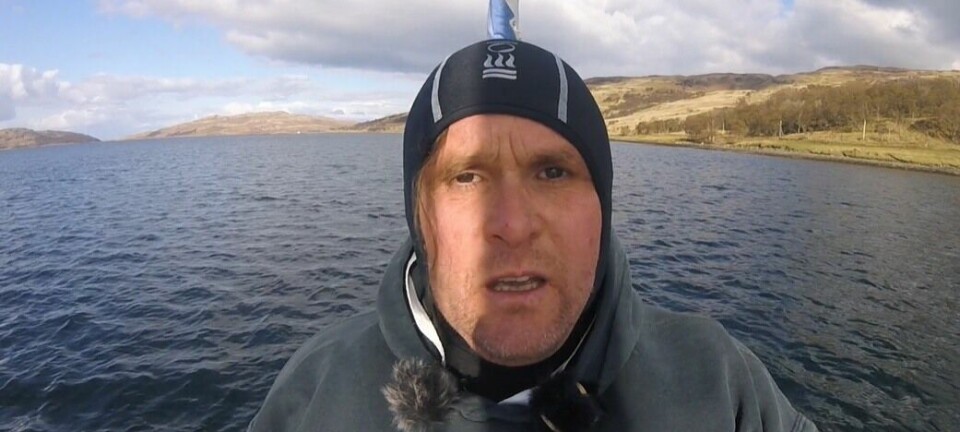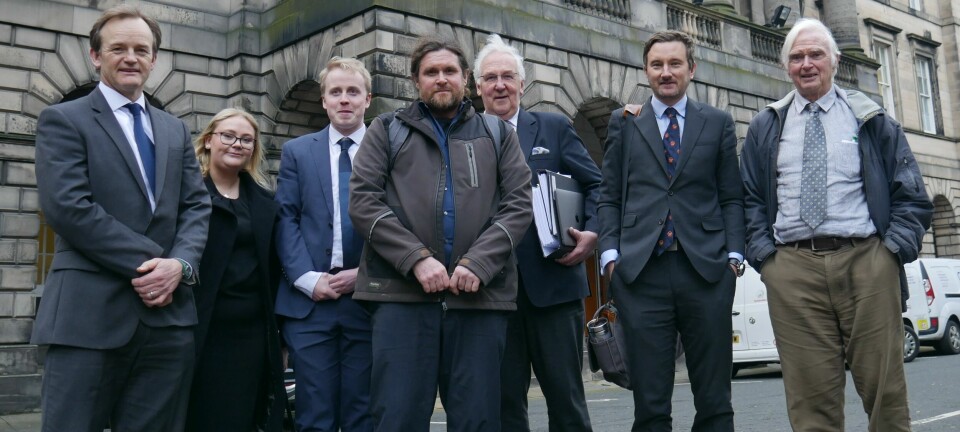
Monterey Bay Aquarium busted
Opinion
Late last week, the Whole Foods Market stores announced that they will no longer sell seafood products that have been listed as “red” by- among else- the Monterey Bay Aquarium. This means that these stores will not sell conventionally farmed Atlantic salmon, despite its sustainable standards set by others, and despite the fact that most serious scientists agree that farming of this species in places like British Columbia faces a very low level of risk to other salmonids and the environment in general. Now the Aquarium is applying for a “Waste Impact Exception”, according to the blog “The Truth About Alaska Salmon”;
Monterey Bay Aquarium and its Seafood Watch Program have tried to position themselves as the source for seafood sustainability and marine conservation. They encourage consumers to “choose seafood that doesn’t harm the environment.” When there is scientific uncertainty, they recommend to “err on the side of conservation.” Unless it involves their own interests. One would expect the Aquarium itself to lead by example but you’d be surprised.
Monterey Bay Aquarium houses domestic and exotic species in an “open” system – that means over 1,400 gallons of seawater per minute is pumped continuously from Monterey Bay and the waste is discharged, unfiltered, back into the Bay. If these marine species become sick, then pathogens are released into the water – or medication is administered to treat the disease. The waters and habitat surrounding the Aquarium are designated as “Areas of Special Biological Significance (ASBS)”. This specific ASBS is known as “Pacific Grove”. Since 1983, California’s Ocean Plan has prohibited waste discharges to ASBS, which includes Pacific Grove.
In a nutshell, it is prohibited for the Aquarium discharge waste into the Bay – unless it applies and receives and “exception”. The Aquarium applied for an exception to the Ocean Plan prohibition against waste discharge in 2006. The application identifies parasites, pathogens, chemicals and medicines that are discharged from the facility such as; Chloroquine, Formalin, Furacin/Nitrofurazone, MS-222/Finquel, Praziquantel (biltricide), Tucoprim, Phenobarbitone, Enrofloxacin, Itraconazole, Household bleach, Betadine, Urea Hydochloride, Potassium peroxomonosulfate, Sodium Dodecylbenzene-sulphonate, Sulfamic Acid. The application also recognizes the risk of exotic species and diseases to escape the facility into Pacific Grove.
Surprisingly, it also notes that 700 pounds of Mexican farmed shrimp are fed each month to Aquarium animals – Mexican shrimp are red listed by the Aquarium’s very own Seafood Watch Program! As part of the decision making process, the Aquarium even has the gall to voice concerns that monitoring of waste impacts and sediment analysis would be ineffective and cumbersome, thus not required. So far, they have been denied that appeal.
Right now, our readers involved in commercial aquaculture are most certainly shaking their heads. After all, the Aquarium’s very own “Criteria for Aquaculture” would most likely fail its own facility on criteria such as Effluent (Criterion 2), Habitat (Criterion 2), Chemical Use (Criterion 4), Feed (Criterion 5), Disease, pathogen and parasite interaction (Criterion 7). Are we being too critical? Heck, the Seafood Watch Program has been very critical (arguably unfairly critical) of many farmed seafood products, based on the impacts listed above. It seems that many aquaculture producers are more advanced in understanding, monitoring and mitigating impacts than is Monterey Bay Aquarium. It’s almost laughable. That is, if Monterey Bay Aquarium was selling its seafood stock for human consumption, it would receive a “red” rating by its very own standards.




















































